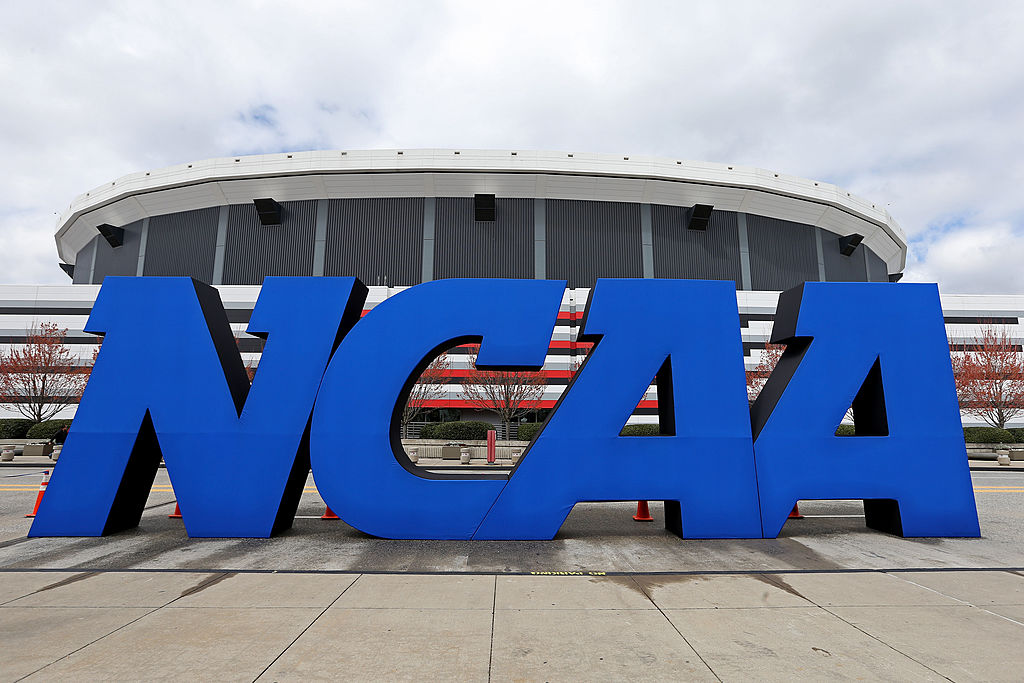All the shuffling about between the American Athletic Conference, the Sun Belt and Conference USA – three leagues with pretty much the same geographical footprint – could very well end up being a lot like rearranging the deck chairs on the Titanic. If the ultimate goal is to share in the windfall from the soon to be expanding College Football Playoff, then all this movement is nothing more than window dressing.
Nothing that’s come out of the series of seemingly frantic Group of Five realignment moves over the last few weeks has done anything to make these leagues stronger or better equipped to compete with the big dogs. In fact, since the SEC poached Oklahoma and Texas from the Big 12, and the Big 12 in turn lured in BYU and then poached three teams – Cincinnati, Houston and Central Florida – from the AAC, the list of Group of Five programs that have a snowball’s chance in Phoenix of ever reaching the CFP someday are down to a couple of Mountain West schools.
And even that’s in serious doubt.
Depending, of course, on what kind of format is adapted for the soon-to-be 12 team playoff field (will there be designated spots for conference champs or will the committee simply tab the top 12 teams regardless of league?) there very likely won’t be any room left on the dance floor for outsiders. There’s reason to believe that what was once a given – that one spot would be guaranteed for the top ranked Group of Five team – is no longer the case. That spot could be snatched away like a leaping one-handed interception, largely because these three Group of Five leagues are starting to look a lot more like FCS conferences than competitors for the Power Five.
There will be at least 69 Power Five schools – and we could still see the Big 12 or another P5 conference expand further and add schools like Boise State, San Diego State or Air Force – before the 12 team playoff format begins. The value and the demand for those 12 spots will be intense. It’s not like the Power Five have been eager to share in the past. Now they’ll be much less so.
What do the remaining 60 or so G5 programs – outside of Boise State, which still has some national appeal – have to offer anymore? What do they bring to the table in terms of national (i.e. $$$) appeal?
Very little.
And that’s why they’re likely to be left on the sidelines come playoff time.
Back in June, a four man committee, which included Mountain West commissioner Craig Thompson, voted to move forward with the idea of a 12-team playoff that would include one guaranteed spot for a G5 team. That was before the news of Oklahoma and Texas moving to the SEC exploded on screens across the country and caused everyone to hit the pause button.
It was not good news for the G5.
Picture an offense trying to hurry to the line of scrimmage to snap the ball before the officials blow the whistle and ask for the previous play to be reviewed.
“Now that the American has lost three of its most prominent schools,” noted former Sun Belt Commissioner Karl Benson on his Podcast Knudson and the Commish, “and it’s rebuilding, the Mountain West is trying to reshuffle to some extent, Conference USA has been damaged, the Sun Belt is on the verge of adding some schools…the bottom line is that as a group, the Group of Five has been minimized by the loss of those three schools.
“The other commissioners, who weren’t in the room back in June when that proposal was created that included that guaranteed sixth spot for the Group of Five,” Benson continued, “are now asking the question, ‘Does the Group of Five merit that automatic spot?’ At the end of the day, as the revenue increases dramatically, those guaranteed spots are worth a lot of money, and there are AD’s in the Power Five who are asking, why are we subsidizing these Group of Five schools?”
This season – before the latest round of defections and additions take root – the answer would have been a resounding ‘Yes.’
Up to this point, the Group of Five has sent numerous teams to New Year’s bowl games with only Boise State (not counting Utah and TCU, who won bowl games as G5 schools but are now part of the P5) having any success on the scoreboard. So it’s more than ironic that Cincinnati – still a member of the AAC but soon to be part of the Big 12 – is primed to crash the existing four team playoff in the same season that they decide to depart the AAC and the playoff is set to be expanded.
They say that timing is everything. If Oklahoma and Texas had decided to delay their relocation plans by even a month or two, the 12-team playoff with a spot for the Group of Five might have gotten done. Now it will take something of a Hail Mary for the Group of Five to stay in the playoff picture at all.
More from The Woody Paige Sports Network:
- Woody Paige: That time I played blackjack with Michael Jordan in Monte Carlo
- John Elway’s 7 best moments as General Manager of the Denver Broncos
- Super Bowl odds 2022: Tom Brady and Buccaneers among Super Bowl 56 favorites
- Nix the “Power Six” – Time for real a G5 “Alliance” between the AAC and the Mountain West
- Is Teddy Bridgewater the long-term answer at QB for the Denver Broncos?
- Who should end up where in College Football’s “Super Conference” – and who should be left out?
- Woody Paige: Pat Bowlen’s legacy doesn’t deserve longtime, clownish Kaiser claim
- Could Peyton Manning and John Elway co-exist in the same Broncos new ownership backfield?


















